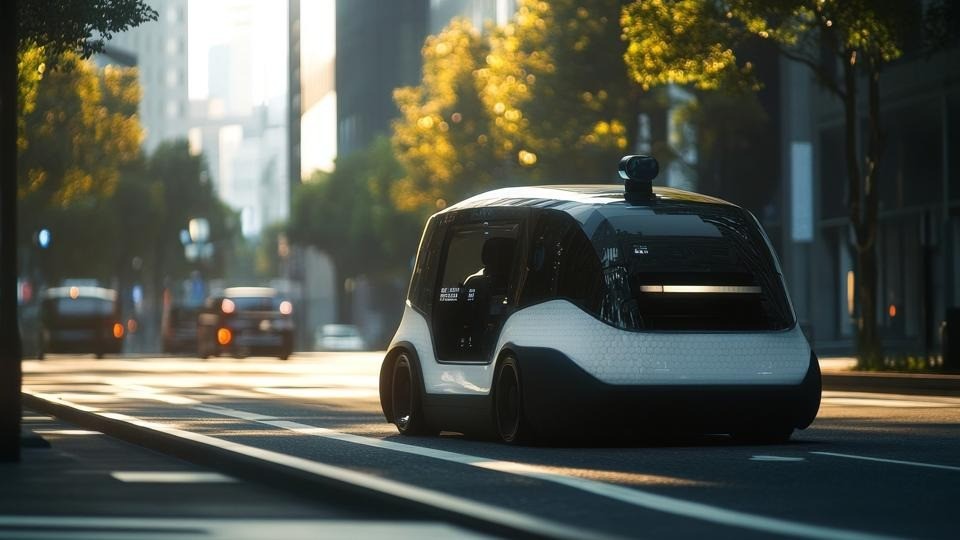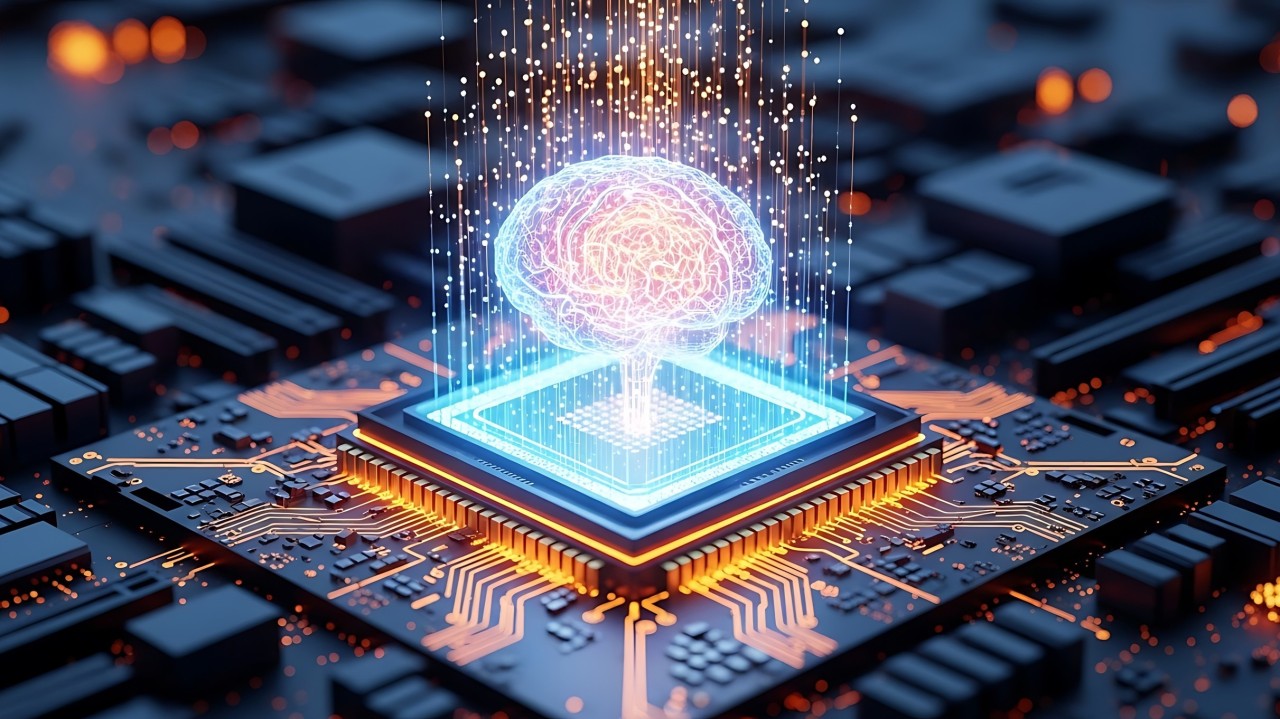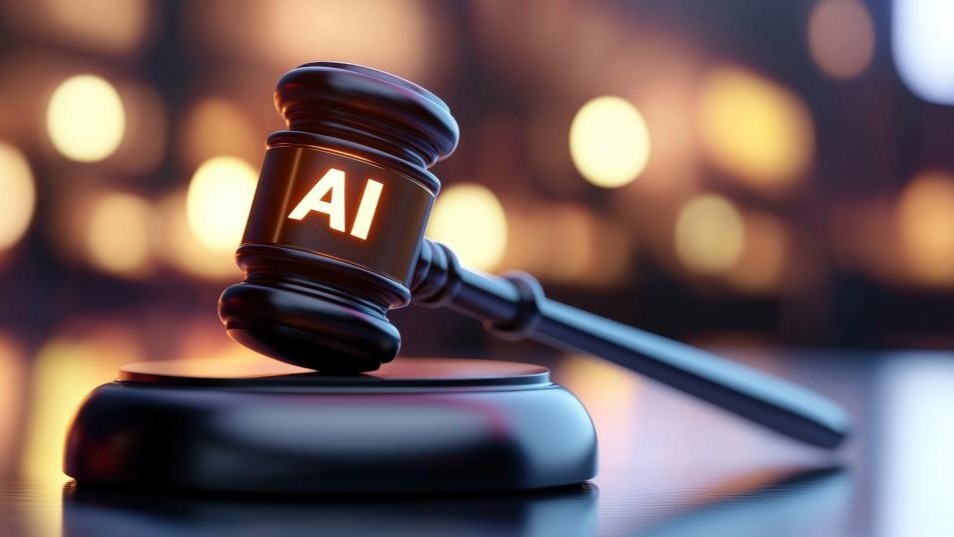Artificial Intelligence In Space: The Amazing Ways Machine Learning Is Helping To Unravel The Mysteries Of The Universe
24 April 2023
Space travel, exploration, and observation involve some of the most complex and dangerous scientific and technical operations ever carried out. This means that it tends to throw up the kinds of problems that artificial intelligence (AI) is proving itself to be outstandingly helpful with.

Because of this, astronauts, scientists, and others whose job it is to chart and explore the final frontier are increasingly turning to machine learning (ML) to tackle the everyday and extraordinary challenges they face.
So, from steering rockets through space to studying the surface of distant planets, measuring the size of the universe, and calculating the trajectories of celestial bodies, here are some of the most interesting and exciting use cases for AI in space.
Space Flight
AI is used during the take-off and landing of spacecraft to automate engine operations and manage functions such as deploying landing gear. This helps to optimize the use of fuel
SpaceX uses an AI autopilot system to enable its Falcon 9 craft to carry out autonomous operations, such as docking with the International Space Station (ISS), where it is contracted to carry out cargo deliveries for NASA. The system calculates the trajectory of the rocket through space, taking into account fuel usage, atmospheric interference, and "sloshing" from liquids within the engine.
CIMON 2 is a robot designed by Airbus and can be thought of as a mobile, Amazon Alexa-style virtual assistant for astronauts in space. Built using IBM’s Watson AI system, it navigates using fans to propel itself within spacecraft interiors and acts as a hands-free information database, computer, and camera. It can even assess astronauts' emotional states by analyzing stress levels in voices.
AI is leveraged by mission planners at the NASA Jet Propulsion Laboratory to model and assess a wide range of mission parameters in order to understand the possible outcomes of different choices and courses of action. These experiments are used to inform design and engineering operations for future spacecraft. The data that’s gathered is also used in forward planning for a number of hypothetical future missions, including landings on Venus and Europa, an icy moon orbiting Jupiter.
SpaceX uses AI algorithms to ensure that its satellites don’t collide with other orbital or transitionary objects in space. Their autonomous navigation systems enable them to detect nearby hazards in real-time and take evasive action by adjusting the speed and trajectory of the satellite.
The UK Space Agency has also developed autonomous systems that allow its spacecraft and satellites to take autonomous action in order to avoid space debris. In 2025 it plans to build on this work by launching an autonomous craft with a mission to capture and clear up space debris, a problem that could pose a threat to the future of spaceflight if left unchecked.
Planetary Exploration
Mars Rovers are robots that explore the surface of the red planet, sending data back to Earth where we can analyze and learn from it. These robots are able to autonomously navigate the terrain, thanks to ML algorithms, avoiding craters and drops that could damage them or put them out of action. Thanks to this, NASA has so far avoided the accidental loss of another Rover, as happened with Spirit in 2011.
In recent years, NASA’s Jet Propulsion Laboratory has used image recognition tools to study pictures captured by surface robots like the Mars Rovers and classify features of the terrain. This includes one crater on the surface of Mars measuring just four meters across
The Rover Perseverance is equipped with a computer vision system called AEGIS that can detect and classify different types of rock found on the planet's surface, enabling us to learn more about the composition of the planet.
It has even been possible for us at home to get involved with training the AI algorithms used by the Mars Rovers. The AI4Mars initiative invited users to download a tool that let them label terrain features in order to improve the autonomous guidance systems on board the Curiosity rover.
While most surface exploration has been done on wheels so far, the European Space Agency is experimenting with the use of “hopper” robots that navigate using legs and can perform leaps. AI algorithms coordinate the movement and balance of the robot’s four legs, which could be used to explore previously unnavigable locations on the moon, such as the mountainous Aristarchus Plateau.
AI has been used to examine the surface of the moon in order to identify the best potential landing sites for future manned missions. This will allow astronauts to be sure they will know much more about the environment where they will touch down tan Neil Armstrong and others did during previous visits.
Charting the Cosmos
Astronomers use AI to map the universe by recognizing patterns in star clusters that form distant nebulae and classifying other features that are detected in deep space.
One example is NASA's Kepler telescope which has been used to identify the likely location of planets by analyzing dips in light emitted by stars, indicating a planet is passing between the star and us.
AI is also used to predict the behavior of stars and galaxies, helping to understand where cosmic events such as supernovae are likely to occur.
Dozens of black holes have been detected using time series analysis of ripples in gravitational waves that are caused when these mysterious objects collide with neutron stars.
AI technology is used to look down at Earth as well as out into the cosmos. A project known as the Autonomous Sciencecraft Experiment has been operational since 2004 when it was connected to the Earth Observing 1 satellite to allow it to autonomously classify images captured with its camera. This enabled it to make decisions about which images it was worth expending valuable bandwidth transmitting back to Earth.
The SETI@Home project, run by the University of California, Berkley, is using AI algorithms to search for signs of extraterrestrial intelligence among the huge volumes of radio telescope data collected from space. Although the project has stopped sending out new data for volunteers to examine, huge volumes of data consisting of the project's findings are still yet to be analyzed. The truth may still be in there!
AI was used to construct the most accurate images so far of a black hole. Roger Penrose, Reinhard Genzel, and Andrea Ghez received a Nobel Prize in 2020 for their work constructing realistic images of the supermassive black hole at the center of galaxy M 87.
And far from stopping there, science is now intending to go beyond the event horizon, using AI to reveal what lies within a black hole’s interior. The work will also involve quantum computing and could help physicists solve one of their greatest problems – unifying Einstein’s general theory of relativity with the Standard Model of particle physics.
It’s even hoped that AI will help with measuring the universe and gaining a better understanding of its size and shape. Research carried out on astronomical data in Japan using AI supercomputers has successfully created simulated maps that match the universe that we already know to exist. This means we can predict features of the universe beyond the limitations of what we can currently see due to the speed of light (observable universe).
Related Articles
Flying Taxis And Self-Driving Trucks Arrive In 2026: 6 Transport Trends To Watch
By now, “smart” versions exist of just about every home appliance, gadget and gizmos we can think of. However, manufacturers continue[...]
Technology in Action: My Key Takeaways on How AI and Quantum Are Accelerating Global Transformation
By now, “smart” versions exist of just about every home appliance, gadget and gizmos we can think of. However, manufacturers continue[...]
The 10 Biggest Consumer Technology Trends Of 2026
By now, “smart” versions exist of just about every home appliance, gadget and gizmos we can think of. However, manufacturers continue[...]
8 AI Ethics Trends That Will Redefine Trust And Accountability In 2026
By now, “smart” versions exist of just about every home appliance, gadget and gizmos we can think of. However, manufacturers continue[...]
The 7 Banking And Fintech Trends That Will Define 2026
By now, “smart” versions exist of just about every home appliance, gadget and gizmos we can think of. However, manufacturers continue[...]
The 8 Biggest Healthcare Technology Trends To Watch In 2026
By now, “smart” versions exist of just about every home appliance, gadget and gizmos we can think of. However, manufacturers continue[...]
Sign up to Stay in Touch!
Bernard Marr is a world-renowned futurist, influencer and thought leader in the fields of business and technology, with a passion for using technology for the good of humanity.
He is a best-selling author of over 20 books, writes a regular column for Forbes and advises and coaches many of the world’s best-known organisations.
He has a combined following of 4 million people across his social media channels and newsletters and was ranked by LinkedIn as one of the top 5 business influencers in the world.
Bernard’s latest book is ‘Generative AI in Practice’.










Social Media